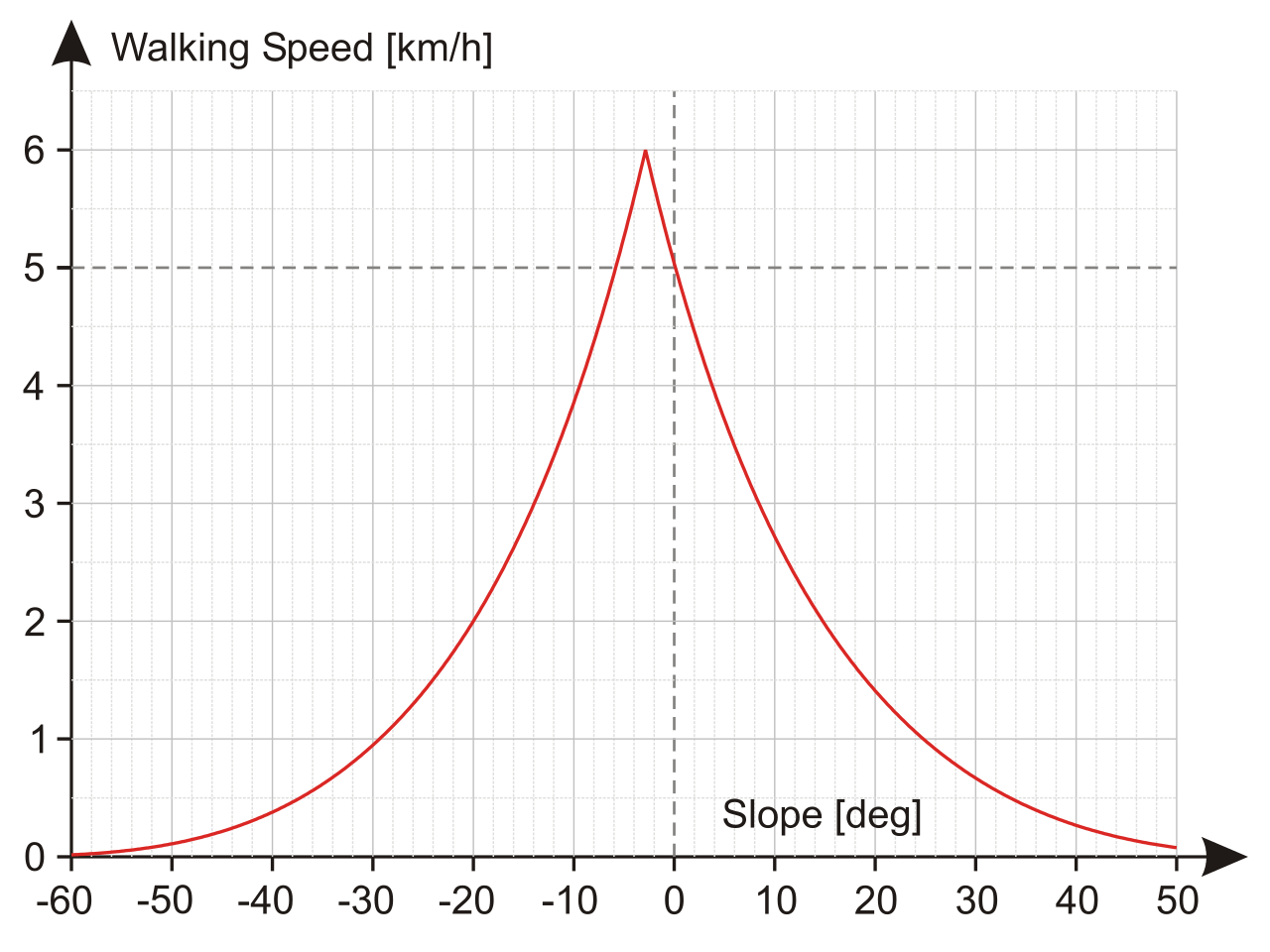You may review the current state of the Hiking profile template developement here.
The purpose of altitude penalization is not to calculate time equivalence of alternative routes, but to prioritize them according some criteria. Some profile modifications may go fore this time equivalence, other ones may go to prefer altitude dynamics and others may prefer conservative flatness,
BRouter itself calculates internally ETA ( estimated time of arrival ) according a built-in formula, independent on profile settings. Not sure now, if by simple values for flat speed and ascend/descend speed like the Naismith's rule(*) , of by more advanced formula like the Tobler function(**).
Note also those 7+3 values are in context of my profile just baseline values of the profile variables [up|down]hill[cost|cutoff]value ). Profile recalculates them according to the used tweaking parameters to the final values of of BRouter internal variables [up|down]hill[cost|cutoff].
Yes, it could be set by your way, but rather by optional turning the altitude penalty tweaking system off ( or bypassing it ) and setting the particular values directly to [up|down]hill[cost|cutoff]. But the ability of tuning the route preference based on other then time criteria would be gone.
(*) Naismith's rule : Allow one hour for every 3 miles (5 km) forward, plus an additional hour for every 2,000 feet (600 m) of ascent.
(**) Tobler's hiking function ( BTW of the Swiss origin too ). An interesting thing would be to set the cutoff values to values equivalent to ascend/descend slopes where the speed goes somewhere below 4-5 5 km/h, perhaps 4.5 km/h.

Hello poutnikl, taking over from brouter repository: In https://github.com/abrensch/brouter/issues/283 you gave some insight, in how ascent is accounted for:
At 4kmh walking speed, this should take me 1.425 hours (5.7/4)
The swiss formula (acc. to https://de.m.wikipedia.org/wiki/Marschzeitberechnung) goes like this : duration in hours = (ascent in m / 400) + (distance in km / 4). Descent may get a divisor up to 800.
Above walk will take me 1.875 hours (250/400 + 5/4)
Can this be tuned to match? Too lazy now. A thought experiment: When the distance penalty gets larger, the values will get closer. When comparing routes of different length, a bigger penalty will have more influence on the shorter route, than on the longer route. So the router will base its decision less on distance.
Of course this would also work the other way. If you climb 500 m/h, the swiss formula will yield 1.125 hours. I think I got You!